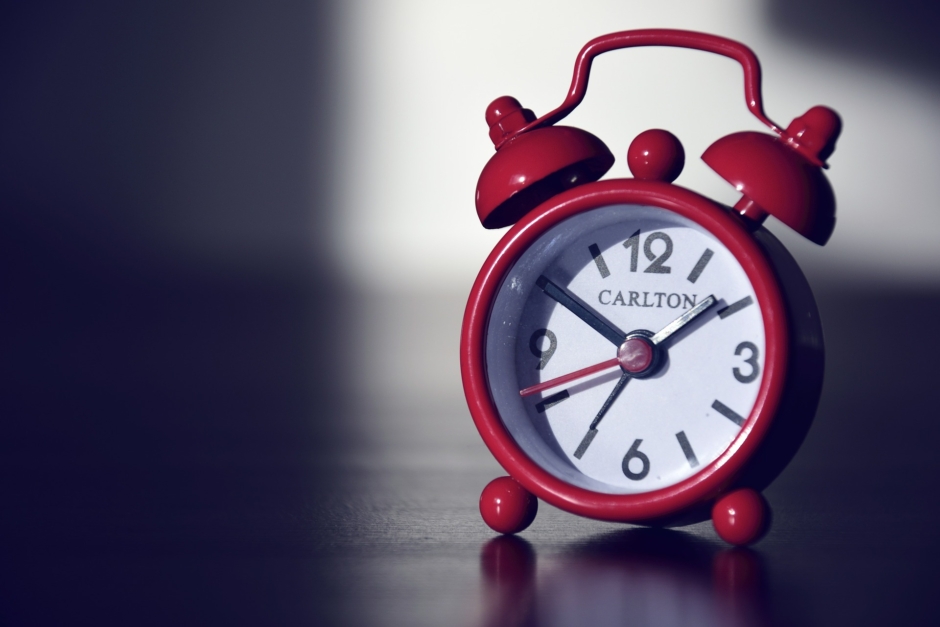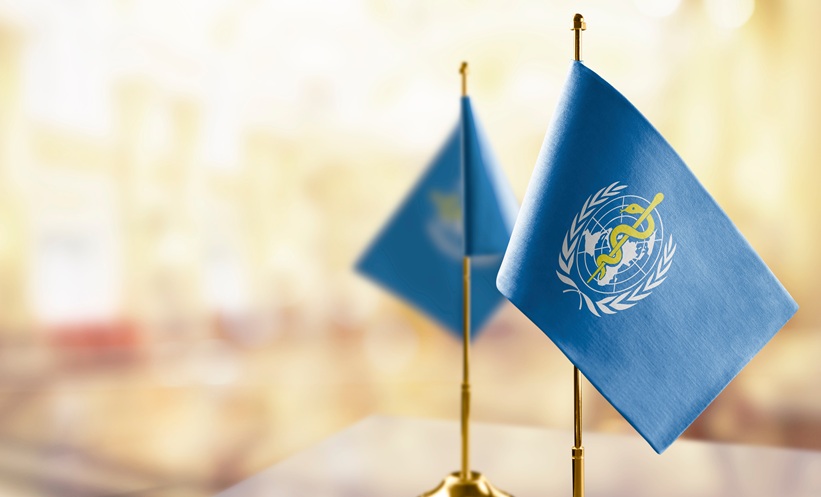“Ever since the emergence of life on Earth, about 4 billion years ago, evolving lifeforms had to adapt to the rotation of our planet. The ability to prepare for the regular daily fluctuations is crucial for all lifeforms. But how is this possible? This year’s Nobel laureates have been studying this fundamental problem and solved the mystery of how an inner clock, in most of our cells in our bodies, can anticipate daily fluctuations between night and day to optimise our behaviour and physiology.”1
These were the words of Prof Thomas Perlmann, Secretary of the Nobel Committee for Physiology or Medicine, as he introduced the seminal work that led to the award for the 2017 Nobel Prize in this category. The understanding of this fundamental aspect of evolution, and how we function as human beings, has helped explain why our bodies react in certain ways to different situations and environments, and has the potential to lead to prevention strategies and cures for prevalent medical conditions. When asked about the stature of the research, Prof Carlos Ibáñez, member of the Nobel Committee, stated: “The contribution to mankind is the contribution of the fundamental mechanism underlying very important aspects of physiology: how our cells can keep time.”1
The three winners of this most prestigious award were all from the USA, and were acknowledged for the discoveries they made regarding the working of the internal biological clock of all living organisms, which began in 1984. Firstly, there was Jeffrey C. Hall, who performed his groundbreaking research at Brandeis University, Massachusetts, USA, and is now retired, Michael Rosbash, who worked closely with Hall at this institution, and still remains on the faculty, and, finally, Michael Young, who remains on the faculty at Rockefeller University, New York, USA, where he carried out the work that led to his award. If this year’s decision to award the prize to these individuals was something of a surprise, then this feeling was encapsulated by the reaction of Rosbash when he received the call informing him of the decision of the Nobel Prize Committee. Prof Perlmann recalled that Robash had replied: “You are kidding me!”1
The vital work of the three Nobel Laureates was based upon research dating back to the 18thcentury regarding the mechanisms of the biological clock that prepares a living organism’s physiology for the fluctuations of the day. The earliest known study in this area was performed by the astronomer Jean Jacques d’Ortous de Mairan, who discovered that the leaves of mimosa plants, which opened towards the sun in daytime and then closed during darkness, maintained their normal daily oscillation when placed in constant darkness. This showed plants had a circadian rhythm preparing them for fluctuations during the day; other researchers found that similar mechanisms were in place for humans and animals. The first step towards understanding the mechanisms that lay behind this biological clock was taken by Seymour Benzer and his student Ronald Konopka in the 1970s, who discovered a gene that disrupted the circadian clock in fruit flies; they named this gene period.2
This previous study was the basis of the research performed by this year’s three Nobel Laureates. Rosbash and Young were able to isolate the period gene; further to this, Hall and Rosbash found that the protein encoded by period, PER, accumulated during the night and was degraded during the day, oscillating in harmony with the circadian rhythm. However, it remained to be understood how these circadian oscillations were generated and maintained. Hall and Rosbash proposed the feedback controlled mechanism, a process that was described by Prof Perlmann in his announcement address: “When the period gene is active, period mRNA is made. The period mRNA is transported to the cells cytoplast where period protein is made. When period protein accumulates, the protein moves into the cell’s nucleus where it blocks the activity of its own gene. When the gene is blocked, no more RNA can be made, period protein levels will decrease, and the gene will no longer be blocked. And the production of mRNA can start all over again, and the cycle can continue.”1
In trying to answer the conundrum of how PER could accumulate in the nucleus to inhibit its own production, Young discovered another gene, called timeless, that encodes a protein, termed TIM, that is necessary for a normal circadian rhythm. He was also able to show that when the TIM protein bound to PER, this combination was able to enter the cell nucleus and block period gene activity, which closed the inhibitory feedback loop.2
Following this discovery, yet another question remained: how were the frequency of the oscillations controlled? The answer was provided by the discovery of the doubletime gene, again by Young, which encodes the DBT protein. “This protein was shown to slow down the accumulation of the period protein, which explained how the oscillation can be adjusted to more closely match a 24-hour cycle,” explained Prof Perlmann.1 Later, Hall and Rosbash identified additional proteins, clock and cycle, that activated the period gene in fruit flies.
The importance of understanding how the circadian rhythm adapts our physiology to different phases of the day should not be underestimated, both in terms of understanding the reasons why our body reacts in different ways at certain times and the future benefits this knowledge could have in improving medical care. Prof Perlmann commented: “So, with all these groundbreaking discoveries by the three Laureates, an elegant feedback mechanism for the biological clock had finally been unravelled. We now recognise that biological clocks function by these same principles in other animals, including in humans. Most of our body’s cells have these clocks. Our inner clock adapts our physiology to the dramatically different phases of the day and regulates many critical functions such as behaviour, hormone levels, sleep, body temperature, and metabolism. We do not feel well when there is a temporary mismatch between our external environment and the internal biological clock, for example when we experience jet lag. Studies have also indicated that chronic misalignment between our lifestyles and the clock is associated with increased risk for various diseases. Since the paradigm-shifting discoveries by Hall, Rosbash, and Young, circadian biology has developed into a highly dynamic research field, with vast implications for our health and wellbeing.”1
One of the benefits of the work in this area is enabling people to be more aware of how to establish routines that ensure their bodies are functioning optimally. Nobel Committee member Prof Juleen Zierath emphasised this, stating: “It can raise awareness to the importance of proper sleep hygiene and the importance of really making certain that we allow ourselves to go to bed at or how that’s suitable. I guess for many it’s between 10 o’clock or so even if the sun is shining on midsummer day. And it probably helps to be aware of the fact that we need to be in a dark environment to get the best sleep, and that we shouldn’t be afraid of using our alarm clocks, even when it’s the darkest time of the year. So, what it can do is help raise awareness.”1
Treatments emerging on the back of this knowledge are likely to be of greater significance in the future. “There are some examples; there are sleep-phased disorders, which actually have mutations in some of the core clock genes and then you have a shorter or longer phase, and then comes problems with sleep: that’s the sold thing, but in humans apart from that there are lots of correlations,” explained Prof Anna Wedell, Chair of the Nobel Committee for Physiology or Medicine, in an interview published on the official Nobel Prize website following the announcement of the award.1
References
1. Nobelprize.org. Nobel Media AB 2014. The Nobel Prize in Physiology or Medicine 2017 – Prize Announcement. October 2017. Available at: http://www.nobelprize.org/nobel_prizes/medicine/laureates/2017/announcement.html. Last accessed: 5 October 2017.
2. Nobelprize.org. Nobel Media AB 2014. The 2017 Nobel Prize in Physiology or Medicine – Press Release. October 2017. Available at: http://www.nobelprize.org/nobel_prizes/medicine/laureates/2017/press.html. Last accessed: 5 October 2017.
James Coker, Senior Editorial Assistant








